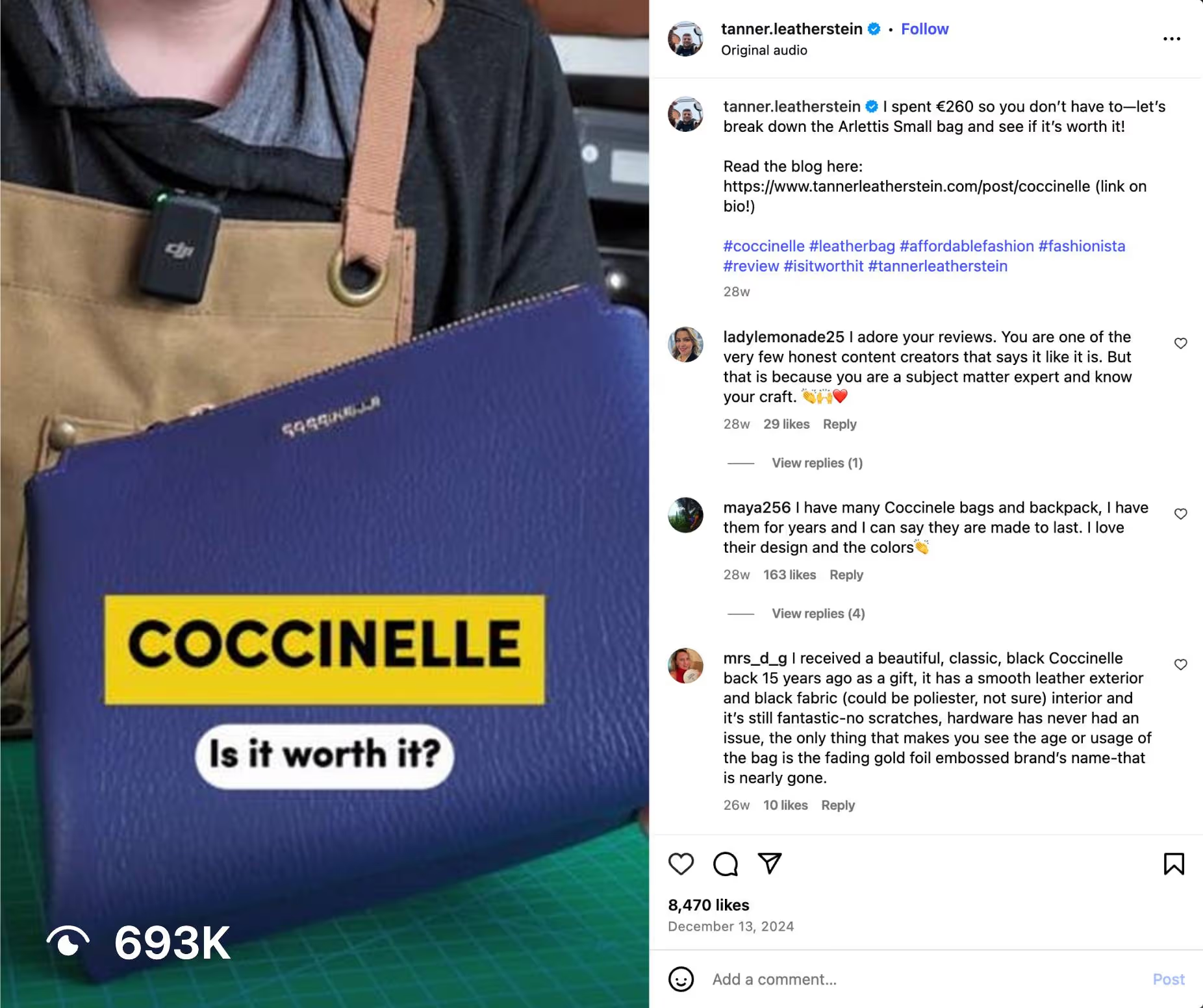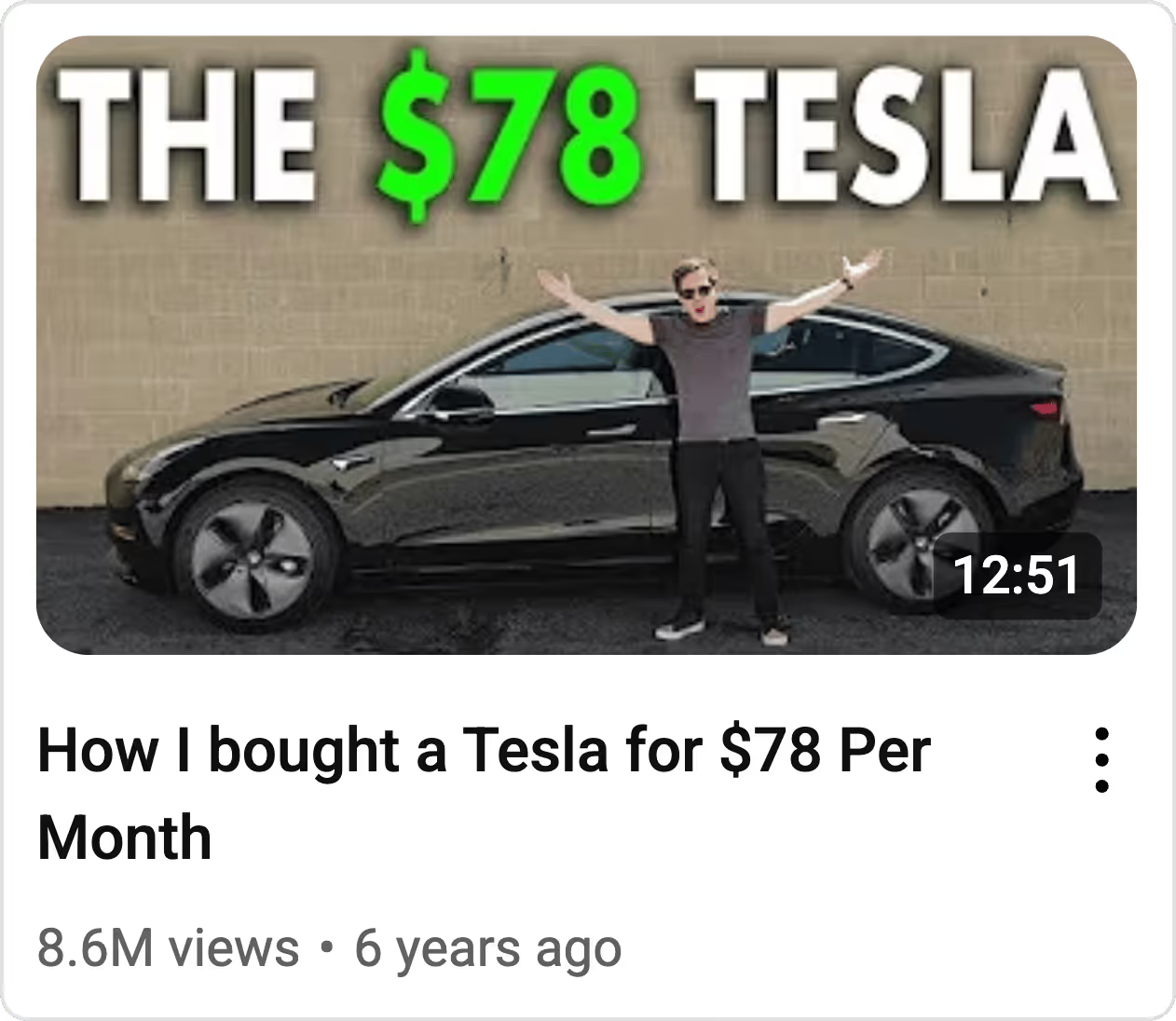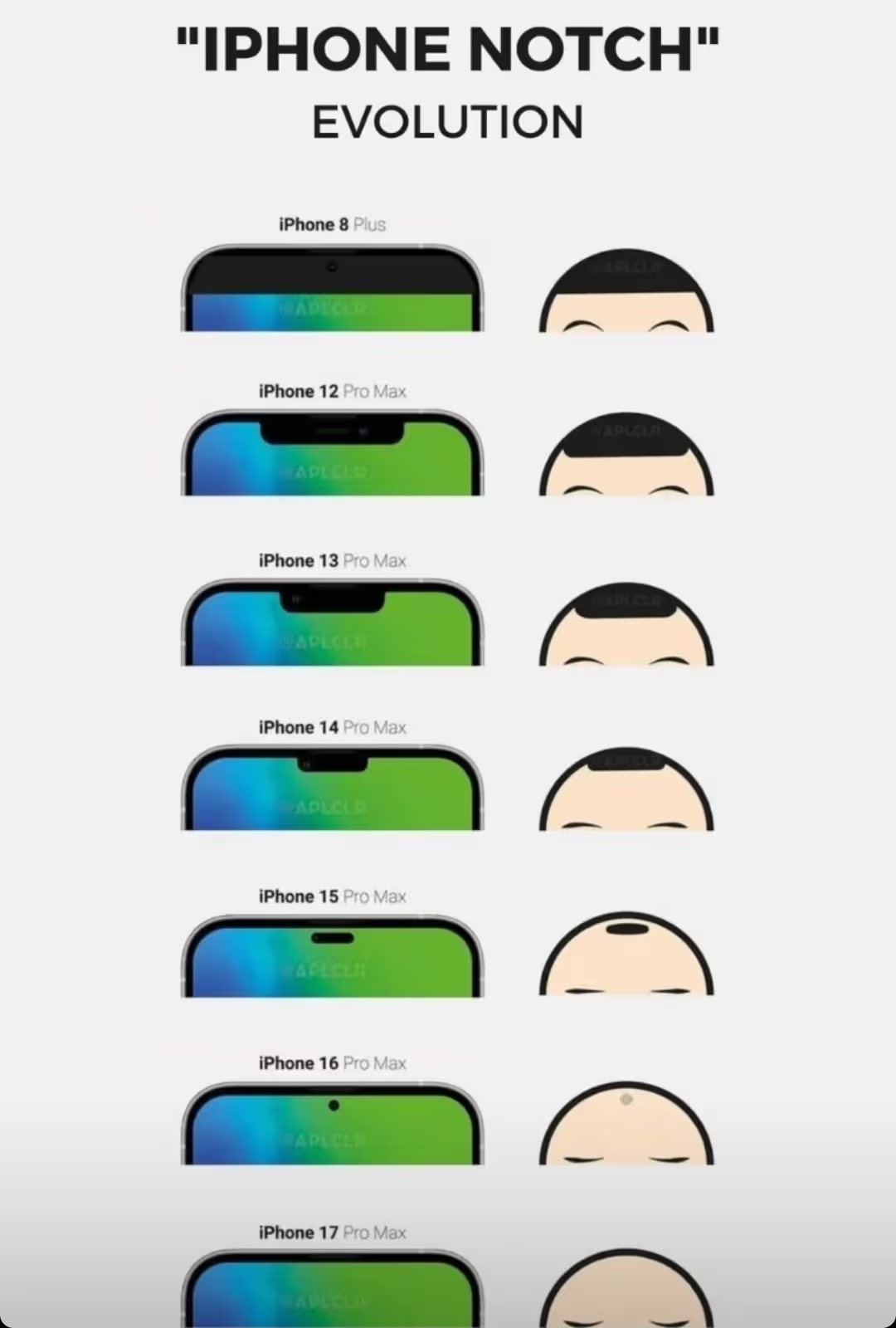Growth Newsletter #260
There's an old adage: "If you try to please everyone, you end up pleasing no one."
This concept certainly applies to product strategy and positioning. Building for a narrow audience is generally a good thing.
But today, I'm going to argue that applying this concept to your content is actually hurting your reach.
We're going to dig into the "generalist principle" of content.
It explains why some "niche" creators blow up while others stay stuck at 1,000 views.
- Kevin
This week's tactics
Algorithms Changed. A Lot of Creators Didn't.
Insight from Kevin DePopas—our Chief Growth Officer
Since TikTok exploded in 2020, every major platform has shifted from follower-based to interest-based algorithms. Instagram, YouTube Shorts, and even LinkedIn have all adopted similar mechanics for content distribution.
The algorithm shows your content to a small test group. If the test group engages (quantified via watch time, shares, saves, etc.), the algorithm keeps expanding reach. If not, reach slows, then stops.
This means your follower count matters much less than it used to. Your first post can literally reach millions of users if it captures attention.
Having a solid follower count can certainly help. It's why my favorite Youtube channel, Veritasium, seems to pull 5M+ views in 24 hours, every time. The algo knows their content is top-notch, so it pushes it hard.
Enter the "Generalist Principle"
I first heard of this concept from author, Brendan Kane, in his podcast interview with Chris Do on The Futur. Brendan and his team have built content strategies for everyone from Taylor Swift to small, hyper-niche craftspeople. After analyzing thousands of viral posts, he noticed something counterintuitive.
The most successful "niche" creators don't actually create niche content. They take their expertise and package it so anyone can understand and enjoy it, while still delivering value to their core audience.
Think of it like this. A tax accountant could post the same piece of content, framed two different ways:
- "New IRS Rule 462.B Affects S-Corp Distributions."
- "The IRS Just Changed A Single Rule That Could Save You $10,000."
Same topic, but one version has a chance of attracting viewers who would never follow a tax accountant.
Let's Look at the Numbers
Say you're a B2B SaaS consultant creating content about enterprise software implementation.
Niche approach:
The primary goal of your content is to educate people on the nuances of enterprise software implementation.
- Total addressable audience: 100,000 people
- Viral reach: 10% see your content
- Views: 10,000
- Viewers who are potential clients: 50%
- Potential clients reached: 5,000
Generalist approach:
The primary goal of your content is humor, entertainment, or novelty, while subtlety educating on enterprise software implementation.
- Total addressable audience: 1,000,000 people
- Viral reach: 10% see your content
- Views: 100,000
- Viewers who are potential clients: 10%
- Potential clients reached: 10,000
Despite an 80% drop in the proportion of viewers who are potential clients (50% → 10%) with general content, your potential customer base still doubles thanks to the broader audience.
Three Examples Worth Studying
In his free e-book, The Guide To Going Viral, Brendan uses the following examples to highlight the generalist principle.
Tanner Leatherstein makes handmade leather goods. Instead of turning his Instagram grid into a wall of undifferentiated product shots targeted at affluent buyers, he buys $500+ designer bags and tears them apart on camera.
His 'Is It Worth It?' series taps into a question a lot of people have wondered, are luxury goods worth the price? While dissecting each bag, he not only entertains the masses, he also builds trust with a large number of people who may consider buying a bag from him instead of Hermès.

Dr. Julie Smith is a clinical psychologist. Instead of posting academic lectures about cognitive behavioral therapy techniques that only fellow therapists would understand, she uses everyday objects to visualize complex mental health concepts.
In one video, she fills a trash can with crumpled papers to represent emotional overwhelm, then slowly removes and folds each paper to show what therapy feels like. Through this format, she entertains millions who will probably never book a session, while demonstrating her expertise to a select few who might.

Graham Stephan teaches personal finance. His biggest video (8.6M views) isn't titled "Understanding Compound Interest." It's "How I Bought a Tesla for $78/Month." Far more people are curious to know his trick vs. learning about a subject they already think they understand. The finance principles he teaches along the way feel like a bonus, not the main point of the video.

Our Own Mixed Results
I've been testing this myself on the Demand Curve LinkedIn. Most of our videos get between 1,000 and 5,000 views. Decent for B2B content (Right guys? We're doing great, right? 😅)
But one video hit 390,000 views. The topic? Celsius energy drinks.
The hook was simple:
"In 2017, Celsius was essentially nonexistent, but now they have 11% market share and they're worth $9B. So I found myself asking, how did they get so big so quickly?"
Here are some of the generalist principles that may have come into play on the Celsius video.
- Celsius is a brand regular people recognize and have opinions about.
- The visual showed Celsius cans immediately (first 2 seconds), confirming this was about something familiar.
- The question "how did they grow so quickly?" interests marketers, CPG founders, and Celsius fans alike, not just energy drink operators.
Compared to a hook like "How energy drink companies can grow through retail partnerships," the hook I chose had a shot at appealing to a much broader audience.

A Brute Force Approach
One brute force way to test the generalist principle is starting with a hook that has nothing to do with your business, then bridging to your actual topic.
This concept is similar to the idea of basing your content on "validated outlier" formats and hooks. We cover this topic in-depth in Growth Program 2.0. Hop on the waitlist here.
Here's an example. This creator's videos regularly saw 1,200 to 10,000 views until he posted the video below (which reached 1.3M views & 68k likes).
The video starts with a viral meme hook, then transitions to showing the creator's AI workflow for optimizing landing page messaging. Yes, this technique is a bit cheeky, but his account reached 45k followers within 10 weeks of launching. Can't knock the results.

Note: The brute force approach still needs to be executed thoughtfully. The video above worked because the viral meme humorously bridges into a much drier (but still intriguing and valuable) AI workflow. If the juxtaposition wasn't funny, or if the workflow wasn't valuable, the video probably would have flopped.
We'll Be The Guinea Pig
We're running our own experiment next Tuesday (July 8th), testing the generalist hook format from above. The formula:
- Start with a validated generalist viral hook (similar to the one above)
- Build a bridge to a curiosity-inducing workflow (that adds value)
- Demonstrate expertise on our actual topic throughout the video
I'll report back on whether it works or whether I look like an idiot for trying. Seriously though, check our LinkedIn on Tuesday to see this technique in a business context.
How to Use This Today
First, look at your last 10 posts. Count how many require insider knowledge to understand. If it's more than two, you're probably being too niche. Also, consistently low (and not improving) view counts are a red flag.
Second, take your next planned post and rewrite the first 1-3 lines a couple times (or a couple hundred using AI). Each version should pique the interest of someone outside your industry. Then pick the one that would even make your mom curious.
Third, remember that broader reach doesn't mean dumbing down your content. It means being smarter about how you package it.
The goal isn't to trick people into watching your content. We're simply trying to earn the attention of a wider audience, which allows us to deliver value to more of the people who matter to your business.
Have fun testing!
Kevin
P.S. The video we're testing on Tuesday opens with a sweaty, shirtless tech-bro surrounded by liquor bottles. Professional reputation on the line. Wish us luck.





















